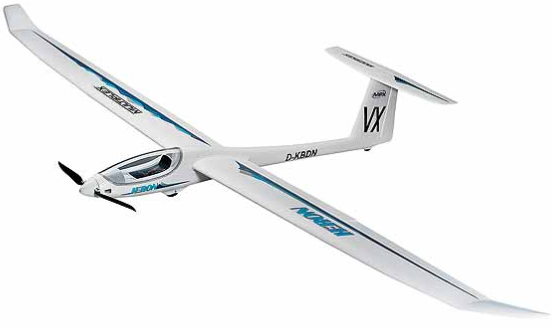Autoglider

Our project aims to make a quasi-autonomous glider that would use as little of its engine as possible thanks to its ability to seek out hot air currents and use them to gain height. Human intervention would take place during take-off and landing, and the engine battery would be recharged by solar panels.
Project description
Our project aims to make a quasi-autonomous glider that would use as little of its engine as possible thanks to its ability to seek out hot air currents and use them to gain height. Human intervention would take place during take-off and landing, and the engine battery would be recharged by solar panels.
Applications of the project could be for taking pictures and physical measurements (temperature, wind speed, air pressure, . . . ) at high altitude, with indefinite reuse of the device (e. g. in contrast to single-use MeteoSwiss hydrogen balloons).
We intervene after the design part of the RR Heron Multiplex model, we configure and program the PixHawk 4 mini controller on the Mission Planner software.
Because of our means and the time available, the use of solar panels could not be implemented for our project, but could be done afterwards.
For more information, here is our final poster:
